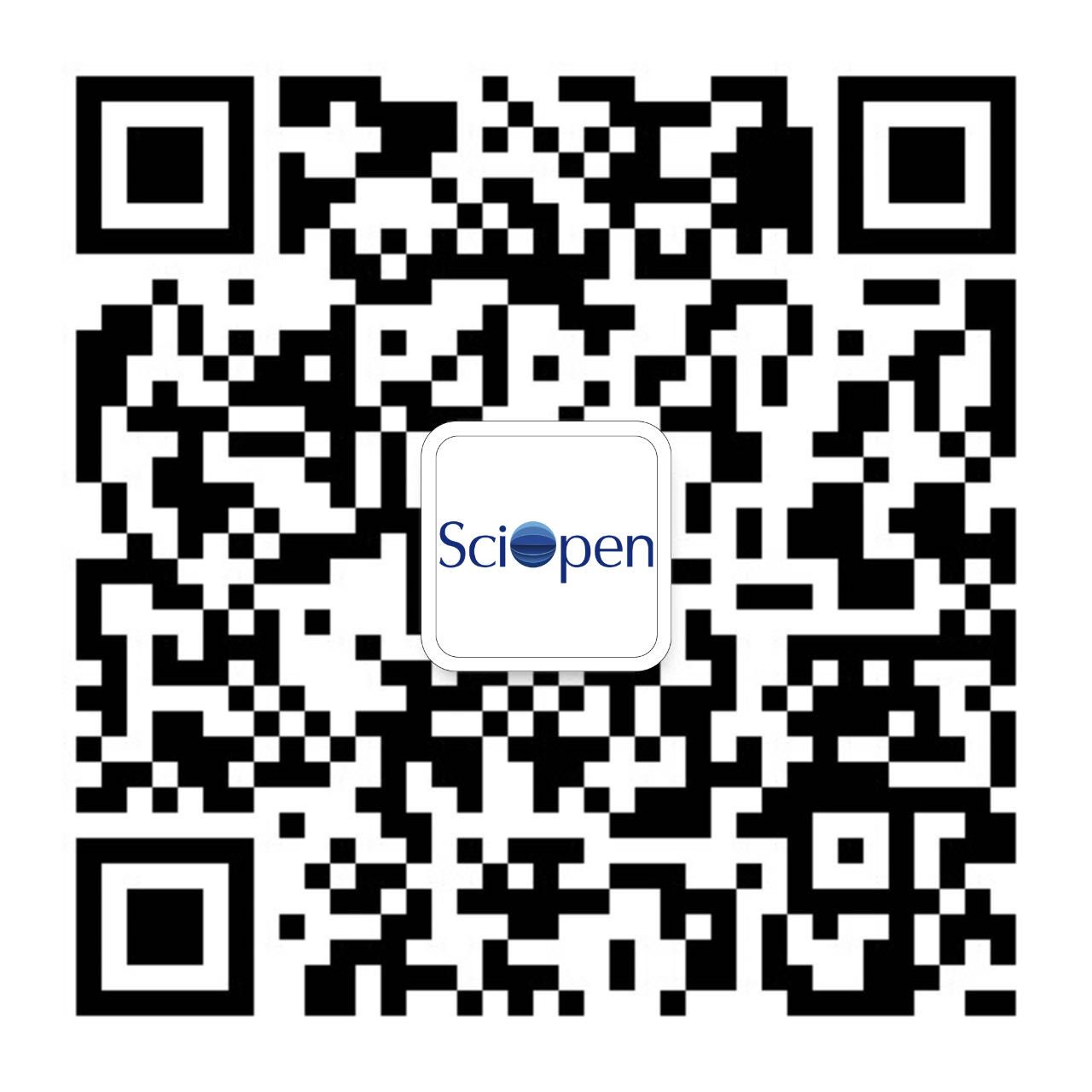Achieving efficient photocatalytic activation of peroxymonosulfate (PMS) degradation of pollutants through the regulation strategy of surface microstructure in catalysts remains a challenge. Herein, CuBi2O4 nanorods (CBO NRs) and CuBi2O4 microspheres (CBO Ms) were synthesized by simply regulating the alkalinity of the reaction solvent. Under full–spectrum irradiation, CBO Ms exhibited remarkable photocatalytic performance, removing 92.48% of tetracycline (TC) within 12 min, with the reaction rate constant reaching 0.2135 min−1, which is approximately 2.7 times that of CBO NRs (0.0798 min−1). The exposure of oxygen vacancies on the surface of CBO Ms significantly promoted the generation and migration of photogenerated carriers internally, accelerated charge accumulation at the Cu active sites on the surface, and thereby enhanced the adsorption of CBO Ms on PMS. The charge density difference results confirmed the rapid transference of surface–enriched electrons to the PMS, facilitating further activation of PMS. Radical quenching experiment and EPR testing verified that both radical (SO4•−, •OH) and non–radical (1O2) pathways were involved in the reaction system. This study offers novel insights into the design of catalysts for the photocatalytic activation of PMS to efficiently degrade environmental pollutants.
 Open Access
Research paper
Issue
Open Access
Research paper
Issue
Developing a novel photothermal catalyst for efficient mineralization of volatile organic compounds (VOCs) is of great significance to control air pollution. Herein, for the first-time, a spinel Cu1.5Mn1.5O4 nanomaterial with enhanced surface lattice oxygen activation was successfully obtained by a novel light-driven in situ reconstruction strategy from its precursor (CuMnO2) for efficient toluene mineralization. X-ray diffraction (XRD) and high-resolution transmission electron microscopy (HRTEM) analyses confirm that the CuMnO2 phase was converted into spinel Cu1.5Mn1.5O4 phase under full spectrum light irradiation. Ultraviolet–visible–near infrared ray (UV–vis–NIR) spectroscopy, X-ray photoelectron spectroscopy (XPS) analysis, and density functional theory (DFT) calculations determine that the strong near-infrared absorption ability and low dissociation energy of oxygen bond in Cu1.5Mn1.5O4 are beneficial to its surface lattice oxygen activation. Furthermore, O2-temperature programmed desorption (TPD) and in situ diffuse reflectance infrared transform spectroscopy (DRIFTS) further indicate that the surface lattice oxygen of the Cu1.5Mn1.5O4 is easily activated under light irradiation, which can promote ring opening of toluene. This research endows a new design of photothermal nanomaterial with enhanced lattice oxygen activation for deep oxidation of VOCs.






 京公网安备11010802044758号
京公网安备11010802044758号